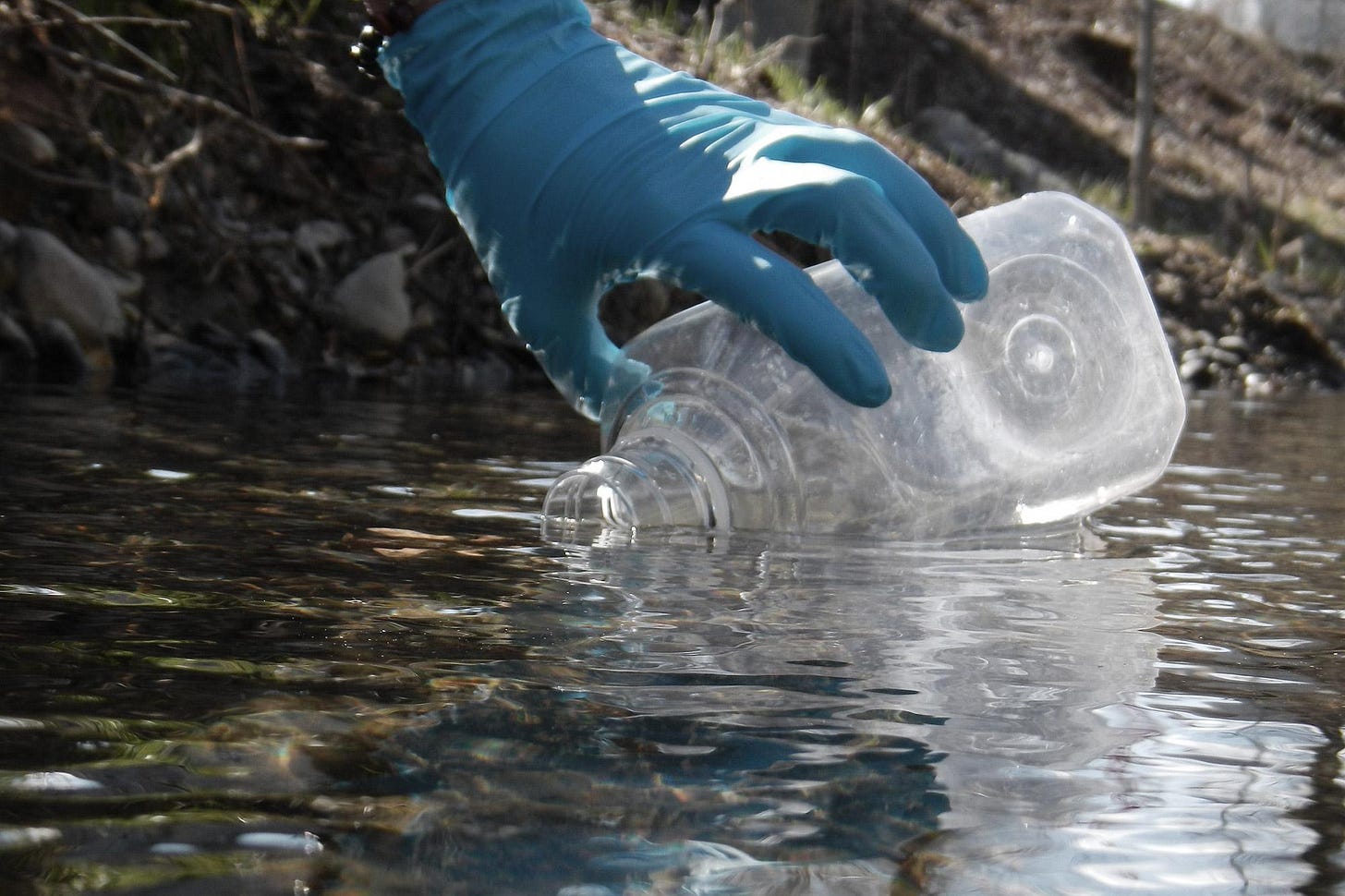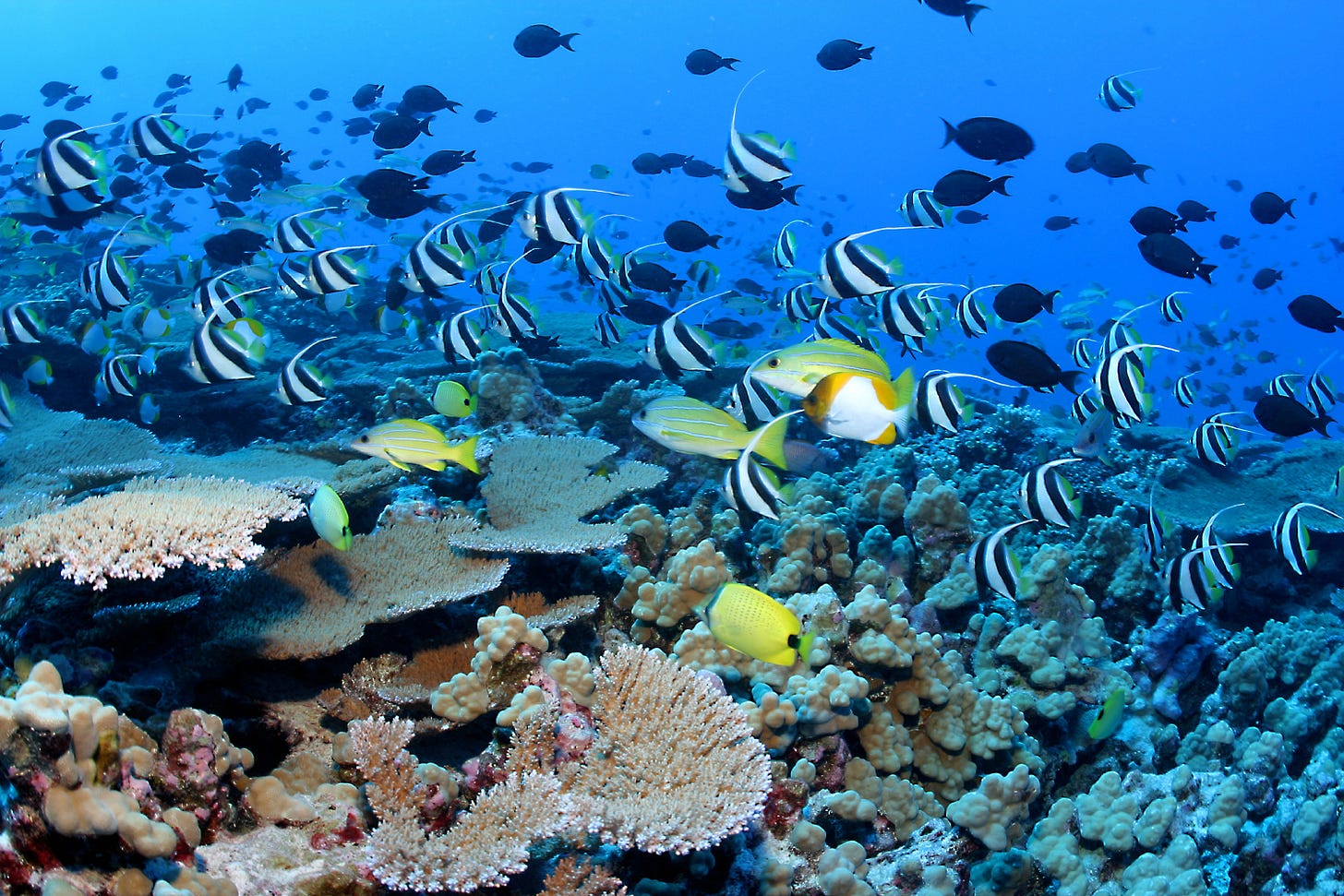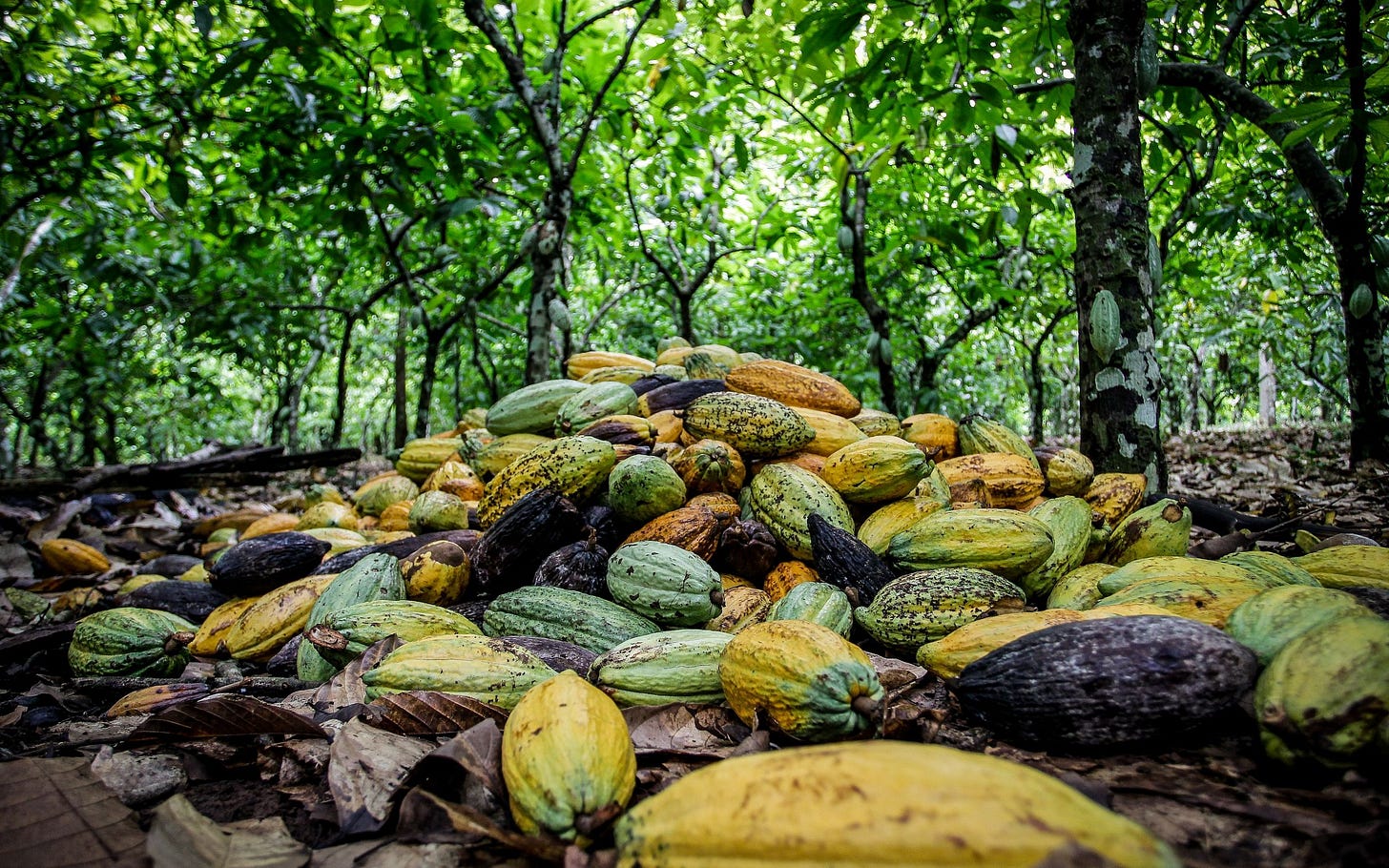Measuring the Value of Biodiversity
Methods and strategies for measuring and valuing biodiversity
As reported by the United Nations in 2019, over one million of the estimated 8.7 million species on the planet are at risk of extinction in the next few years due to human activities, especially deforestation, overfishing, hunting and poaching, climate change, pollution, and invasive alien species. This extinction crisis threatens the ecosystems that support human life and nature.
What is biodiversity?
Biodiversity is the variability of life, capturing genetic, species, and functional diversity. Genetic diversity is the diversity within a species, where the more gene variations there are, the more likely the species is to contain individuals that carry genes that make it resilient. Species diversity is the number of species in a region, which is highest near the equator. Functional diversity is the variation of functions species perform, including pollination and foraging.
How is biodiversity measured?
There are several ways to measure biodiversity, including through field surveys, ecosystem monitoring, and technological tools.
Scientists conduct field surveys and monitor ecosystems to measure population sizes, trends, distribution, habitat use, and human impacts. They also speak with locals and run large scale citizen science programs, such as Penguin Watch and Reef Life Survey.
Their technological tools include satellites, drones, mathematical modeling, and machine learning, which they use to identify and count species, classify ecosystems, and predict species distributions and climate change impacts. They also use tools such as magnifying lenses, DNA sampling in soil, water, and snow, and acoustic monitoring to measure biodiversity.
Where does biodiversity derive its value?
Humans have a range of worldviews for assigning value to the world. Some worldviews prioritize human interests, others prioritize living things more broadly or ecological processes, and still others have no single central value.
Intrinsic value
Intrinsic value refers to the value of biodiversity regardless of human interests. Several countries including Panama, Bolivia, New Zealand, and Ecuador have amended constitutions and countries including Mexico, Bangladesh, and Brazil have issued court decisions to recognize the inalienable rights of nature under law.
Lawyers and scientists in the Rights of Nature movement study endemic species globally to identify key areas to protect. For example, in Ecuador's Llurimagua mining case, the Rights of Nature were successfully used to block mining in the Intag Valley in 2023, a biodiverse area rich in endemic amphibians. The case is an example of how constitutional recognition of nature’s rights is being enforced.
Utilitarian value
There is no single set of metrics that can capture the value of biodiversity because each stakeholder and ecosystem values biodiversity differently. A utilitarian value on biodiversity focuses on the direct and indirect ecosystem services that biodiversity provides to humans as well as the non-use values it holds.
Direct use
Direct use value refers to the output from biodiversity that is directly consumed or used. Many communities rely on biodiverse ecosystems for food, such as edible plants, crops, animals, fungi, and microorganisms, and materials, such as wood, linen, and wool. Biodiversity in places like coral reefs and tropical forests attracts tourism globally. Also, key medications like penicillin and aspirin are created from compounds in nature.
Indirect use
Indirect use value refers to the benefits from biodiversity that humans receive through ecosystem services. Biodiversity is essential for food security since 35% of food relies on pollinators, and agricultural systems rely on soil organisms. For example, agricultural output would decrease by $217B annually with the loss of pollinators.
The bacteria, fungi, and insects in soil can prevent flood damages and protect ecosystems during droughts. Coral reefs and mangrove forests also protect coastal communities from storms, flooding, and erosion. Wetlands sift contaminants out of waterways, and bacteria and fungi decompose pollutants. Biodiverse ecosystems, like rainforests and boreal forests, also serve as carbon sinks.
Non use
Non use values refer to the relational and future values of biodiversity. Biodiversity connects humans to nature and drives norms and a sense of responsibility. Also, some humans are willing to pay to protect biodiversity so that future generations can use it directly or indirectly. Although not tied to human use, non use values are not intrinsic values because they do relate to human interests.
Methods for measuring the utility of biodiversity
Stated and revealed preferences can be used to assess economic valuations. Stated preferences assess what people express about the importance of nature and nature’s contributions to people through group discussions and choice experiments. Revealed preferences assess what people do in, for, with, and to nature through the travel cost method, hedonic pricing, observation, and livelihood dependence. The economic valuation of ecosystem services and Nature’s Benefits to People frameworks are also used to assess the benefits people derive from biodiversity.
Case studies
Globally, there are a variety of methods used to measure the utility of biodiversity.
In India, for example, Hinduism prohibits killing cattle, so they are often left to die naturally with the carcasses left for vultures to consume. In the past decades, India faced a vulture crisis, because diclofenac, a nonsteroidal anti-inflammatory drug, given to livestock caused a 99% decline in vulture populations. This led to cattle being left to rot, which attracted germs, pests, and feral dogs and caused human health risks. The value of vultures can then be seen in the value of preventing the human health risks caused by a decline in vulture populations.
In another case, Ozempic, a drug for weight loss and diabetes, was discovered through the venom of lizard populations found in Mexico and the US. Today, genetic resources like these are often stored and accessed digitally instead of physically. However, the countries that house the species that these resources come from should still get benefits. Therefore, companies that benefit from these genetic resources, including pharma, cosmetic, and biotech companies, place a portion of their revenues into a fund that goes to countries rich in biodiversity to help protect it.
Economic valuation challenges
Markets
In 1997, Robert Costanza and colleagues developed an estimate of the global value of natural capital and ecosystem services to increase proactive conservation policies. However, their calculation of $33T per year fails to capture several biodiversity values. Economic valuation of biodiversity leaves out values that are difficult or impossible to measure, like relational and intrinsic values. Also, many ecosystems provide public goods and are affected by externalities, yet lack clear property rights and protections for their services.
Biodiversity credits and offsets are based on measurable conservation or restoration outcomes that result from an investment, but these do not always guarantee direct prevention of biodiversity loss.
Policy
The Endangered Species Act (ESA) of 1973 serves as a mechanism to protect biodiversity, and it often results in blocking infrastructure development in the US. It is therefore essential to study the effects of the ESA and to understand the value of biodiversity relative to infrastructure and other developments.
In order to target the limited funding toward species that cannot readily adapt to human conditions or climates, we need to develop clear quantification of species fragility, which we currently lack.
Market & policy solutions
We need to align with biodiversity values by establishing legal recognition of nature and broader ecological progress indicators, internalizing environmental costs through policy, and reforming property rights.
Conservation
The Ramsar Convention was an international treaty signed in 1971 that aimed to preserve biodiversity through wetlands conservation. Historically, conservation has been the only mechanism for preserving biodiversity. For example, many parks in Africa sell hunting licenses for common and endangered species to finance their conservation efforts.
The Kunming-Montreal Global Biodiversity Framework
The Kunming-Montreal Global Biodiversity Framework (GBF) was adopted at COP 15 and addresses biodiversity loss, ecosystem restoration, and indigenous rights. It aims to reduce the rate of extinction tenfold by 2050, implement sustainable management of biodiversity, and share benefits from genetic resources. Its targets include placing 30% of the planet and 30% of degraded ecosystems under protection by 2030, compared to today’s 17%. The GBF also establishes frameworks for planning, monitoring, reporting, and reviewing financial, technical, and scientific resources.
It also set up the Special Trust Fund GBF Fund to support GBF implementation in developing countries with $20B to $30B annually. The GBF seeks to fill the $700B financing gap in biodiversity by 2030 by raising $200B from public and private sources and by shifting $500B in subsidies from activities that hurt biodiversity, like fossil fuel production and chemical agriculture, toward activities that help biodiversity, like regenerative agriculture.
Earlier this year, the Convention on Biological Diversity created the Cali Fund that establishes benefit-transfers for genetic resources in nature, 50% of which will be allocated to indigenous peoples and local communities. It will also be used toward implementing the GBF. The Cali Fund is governed by developed countries, and developing nations are calling for an alternative fund governed by COP.
Corporate investment
Henry Paulson, who was previously the US Secretary of the Treasury and the Chairman and CEO of Goldman Sachs, is a conservationist who has said that investing in biodiversity is key because it is cheaper to prevent the damages than to clean them up later. He calls for policies like tax breaks, de-risking guarantees, and regulatory requirements to induce the private sector to invest in biodiversity, which is more sustainable than philanthropic initiatives.
A successful example Paulson cites is from the 1990s, when New York City paid farmers in the Catskills to not use chemical fertilizers, herbicides, or pesticides, and to move animals from streams in order to filter the city’s water. Instead of an $8B investment for a filtration plant, the city invested $1.5B in these policies and ensured cleaner water and biodiversity protection.
Private property
Much of the deforestation in the Amazon and other regions has been linked to unclear or nonexistent property rights. Biodiversity on private land needs to be protected and managed through financial incentives like taxes on biodiversity destruction, credits for protection, and banking and trading schemes for property conservation.
What’s next?
Though valuing biodiversity is key to conservation, the aim is to end biodiversity loss and to recognize and limit exploitative rights over nature. Key actions include expanding and enforcing rights of nature laws, making supply chains more transparent, scaling funding for global agreements like the GBF and Cali Fund, supporting indigenous leadership, and reforming property rights. Also, governments can shift subsidies toward nature initiatives and establish benefit-sharing mechanisms and compliance markets that set quality standards for credits and offsets. We must integrate biodiversity into economic, legal, and cultural frameworks that recognize its intrinsic and relational values as well as market-based valuation approaches.








Which are some of the leading companies spearheading the space, incl. both public and private ?